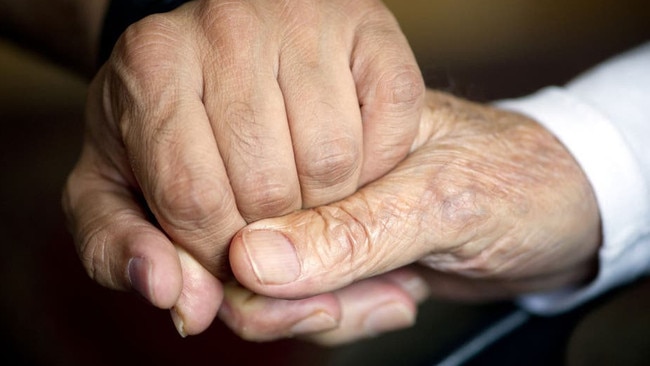
An industry report published in January by aged-care specialist StewartBrown put the average daily losses per nursing home resident at $21.30.
It was based on data from about 44 per cent of the sector. Annualised, the losses come to about $1.4bn. The situation was described as “critical for many providers”.
But the new quarterly snapshot covers 99 per cent of private providers, revealing they are losing much more – up to $27.90 per resident per day.
More than $465m was lost in the September quarter alone, and situation critical has become situation catastrophic.
So much for the image of the Maserati-driving, cigar-chomping profiteer in aged care.
There may be a few sharpies at the margins, but most businesses are doing it really tough on current levels of government funding.
With other budgetary pressures the Treasurer acknowledges are gripping the government – the NDIS, defence, healthcare and servicing debt – he will be calculating what more he can reasonably do in the budget process to dig the aged-care sector out of this hole.
Already aged care is one of the government’s biggest-spending programs, budgeted to cost $27bn this year, rising to $34.7bn in 2025-26.
Beyond that Chalmers must find a further $1.9bn a year to cover interim pay rises awarded to aged-care workers – a bill that could steeple further if the Fair Work Commission accepts the union’s case for a full 25 per cent rise.
And covering the annual losses in the residential care sector exposed in the quarterly snapshot would require something north of a further $1.4bn. That’s just break even.
Aged care’s financial woes have led to some “break glass” ideas resurfacing. Providers are calling for a new conversation around richer Australians co-contributing to their care, a policy option they admit has been off the table for decades.
And the royal commission’s proposal for a Medicare-style levy to pay for aged care has also resurfaced in some quarters, as the extent of the sector’s financial situation becomes clear.
There is a caveat on this. A new care funding model, known as AN-ACC, was introduced by the government in October, not in time to be included in the quarterly statement. It is as yet unclear how this is impacting care support.
When Chalmers sharpens his pencil for the budget, he will no doubt be bearing in mind that aged care touches millions of Australians, whether they are receiving care themselves, have a relative or loved one who is, or are working in the sector. Provided they are spent efficiently, giving people a dignified final chapter is what taxes are for.




For months, Jim Chalmers has been flagging the rising cost of aged care as a key budget concern. On the figures contained in the government’s inaugural quarterly financial snapshot of the aged-care sector, things are likely worse than he thought.